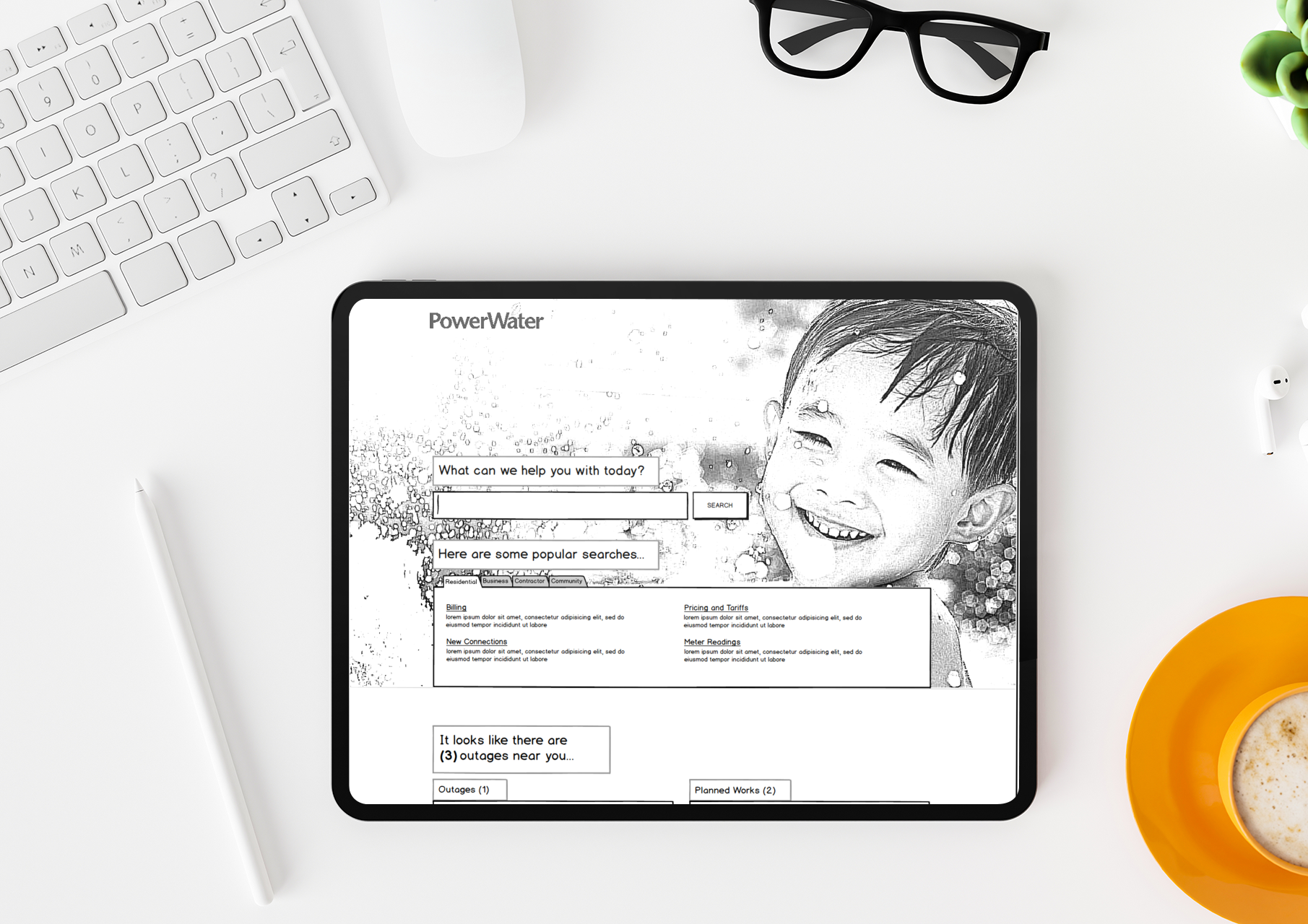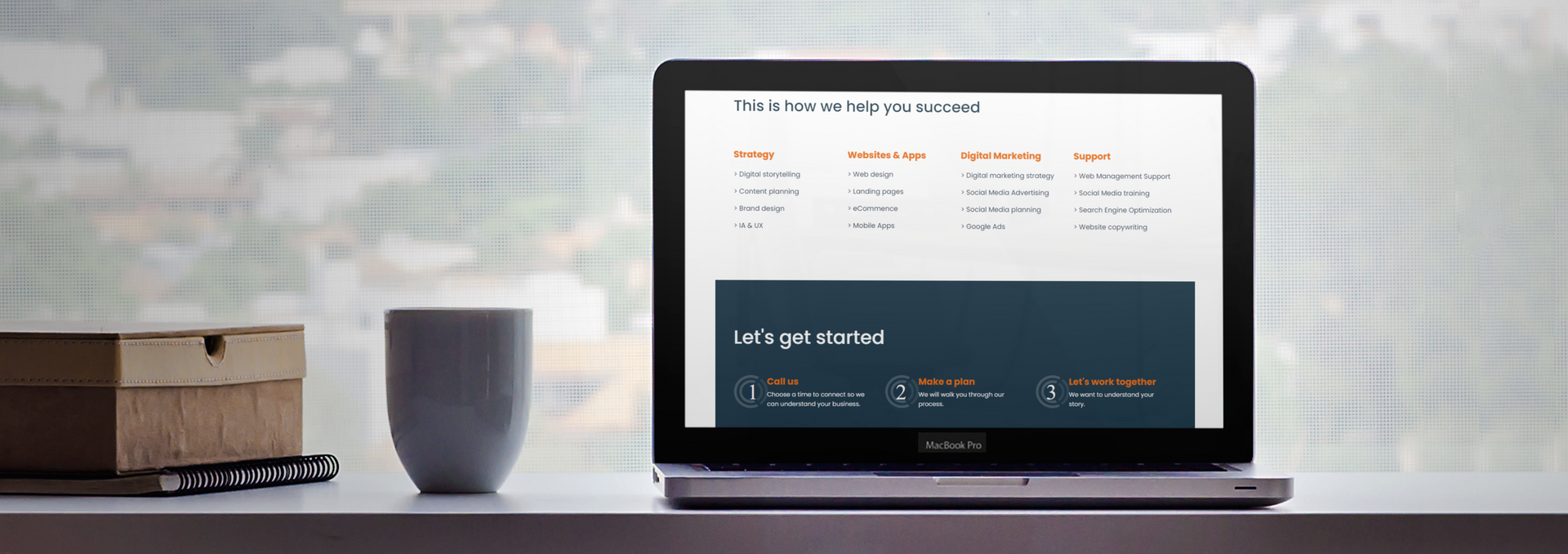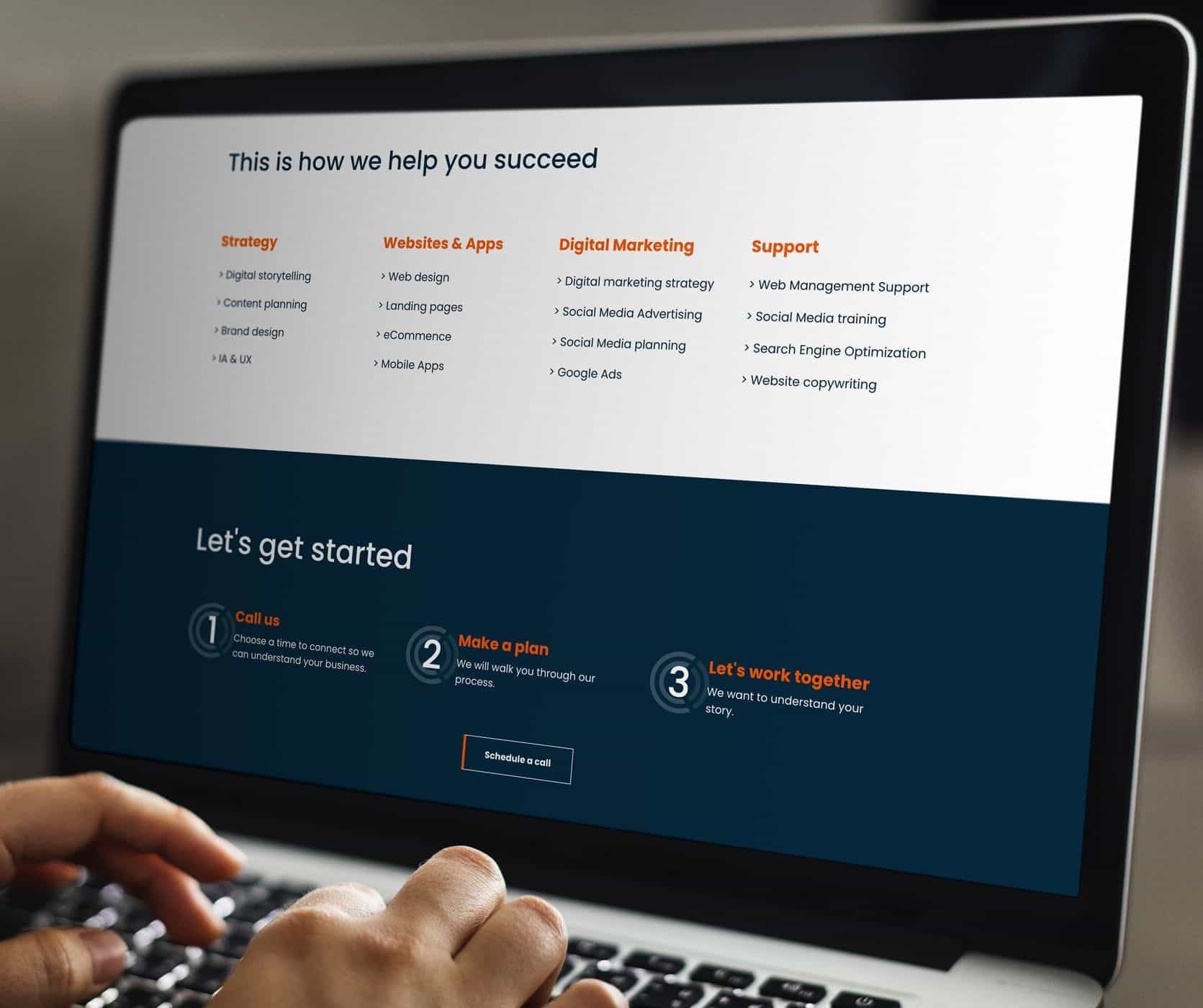Website vs. House: A Surprising Parallel
Creating a website can be an exciting endeavour, much like building your own house.
Just like home construction, the process requires thoughtful consideration and strategic planning to avoid pitfalls.
1. The Architectural Design
Just like architects draft blueprints for homes, web designers create the information architecture for websites.
It's all about structure. You need to think about navigation, the number of rooms (pages), and what amenities to include. A house needs plumbing and electricity, while a website may require booking engines or e-commerce functionality.
This stage is where the vision of your project takes shape. It is important to understand some of the theories behind design, Web designers for example use design principles like the F pattern to enhance user experience, just as architects apply principles like the kitchen triangle theory to create functional living spaces.


2. DIY vs. Professional Design
Imagine building your dream house with your own two hands. Sounds ambitious, right?
The same applies to web design. You can DIY it, but there's a significant difference in quality when you hire a professional. Just as an architect ensures your home is structurally sound, a web designer makes sure your site is both functional and visually appealing. They understand the value of white space, effective colour placement, and accessibility considerations, making sure your website stands out for all the right reasons.


3. The Build Stage
Just like builders carefully construct a house, web developers assemble your site's framework.
Using HTML, CSS, Java Script and APIs. Developers make sure everything is sturdy, secure and functional. Just like builders, web developers have things they have been trained to understand, all the technical things that help your website stay up and running and secure.


4. The Furnishing – Adding Content
And then we come to furnishing. Your website's content serves as the interior design, reflecting your style and personality.
When putting together content for your website, you want to provide clarity about your key messaging and offer. It’s also crucial to nail the tone, and make sure it aligns with your brand’s identity. A skilled content writer can help navigate all these important pieces of the content puzzle. They’re well-versed in web writing do’s and don’ts, like how to display content effectively by using chunking, headings and calls to action. They also make the tone fit perfectly with your brand.


5. Maintenance Matters
Imagine your website as a virtual house that needs a place to live, an address for people to find it, and regular cleaning and maintenance to keep it in good shape.
Check out our
blog on
hosting and maintenance to understand how this applies to your website.
You also need to consider how people are going to find where you live in the first place. So when it comes to your website, you need to think about how search engines find you through SEO (search engine optimisation).
And finally, when you have your new house all ready to go, you, of course, need to throw a housewarming party. And in the modern world, how do you invite people to the party? Send them an invite on your favourite social media platform. So your final step in the web building game is considering your digital marketing plan.


In the end, whether you're building a house or a website, both endeavours share a common theme: attention to detail, planning, and professional help can make all the difference.
So, the next time you embark on a web development journey, remember that it's not so different from building your dream home, one virtual brick at a time.
Happy constructing, whether in the digital or physical world!





Contact us
+61 8 8941 6888
hello@captovate.com.au
support@captovate.com.au
Captovate acknowledges the traditional owners and custodians of country throughout Australia and acknowledges their continuing connection to land, waters and community. We pay our respects to the people, the cultures and the elders past, present and emerging.
Offices
Darwin
Level 1, 22 Cavenagh Street
Darwin NT 0800
Australia
Adelaide
Level 6, 25 Franklin Street
Adelaide SA 5000
Australia
Canberra
Level 1, 37 Geils Court
Deakin ACT 2600
Australia






